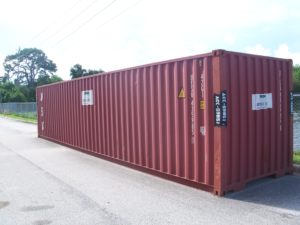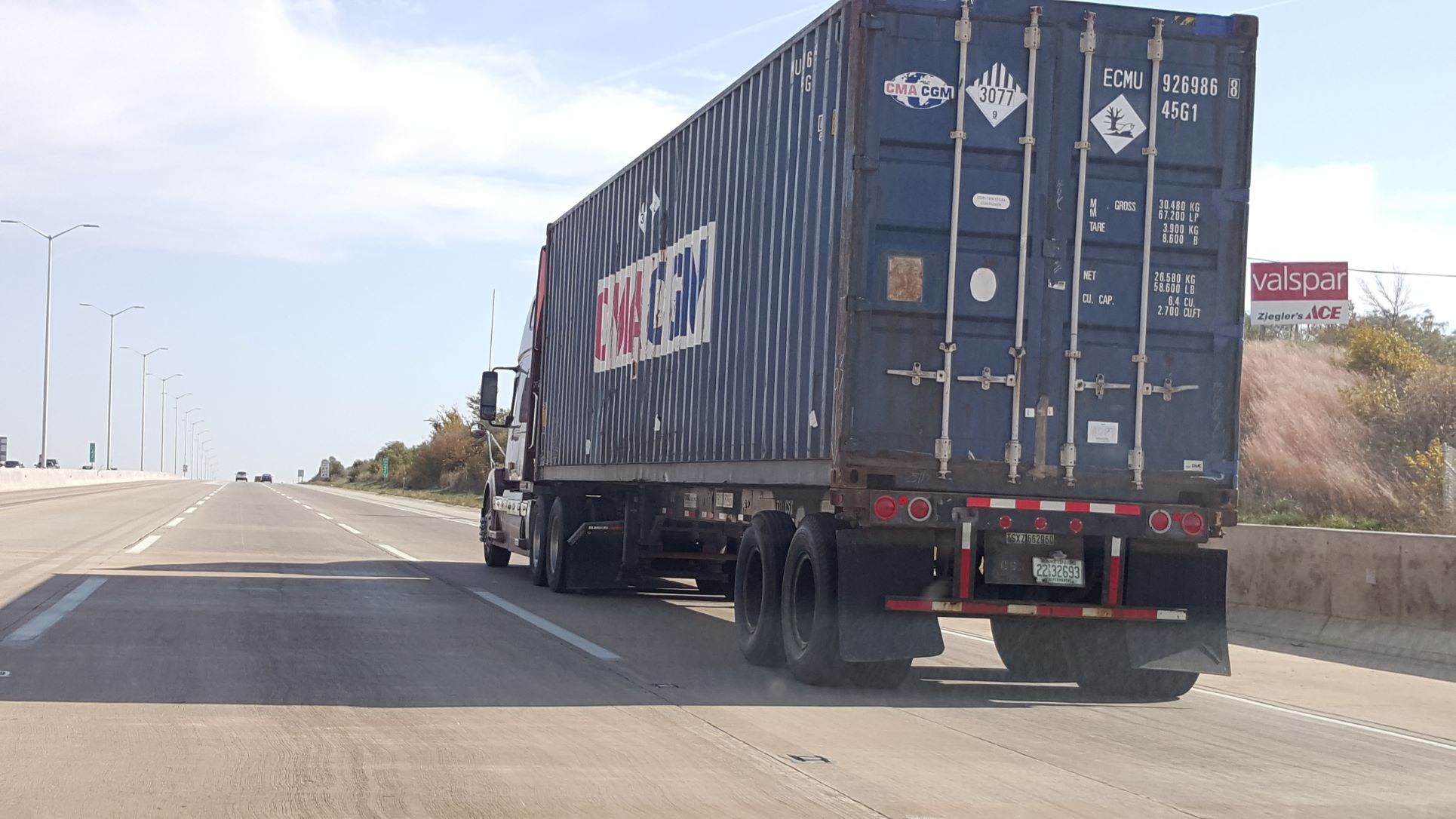A freight container is one of the many types of containers or packagings used for the transport of hazardous materials (HazMat) in commerce. It, like other containers and packagings, is subject to the Hazardous Materials Regulations (HMR) of the Pipeline and Hazardous Materials Safety Administration within the U.S. Department of Transportation (USDOT/PHMSA).
Knowing a freight container when you see one is easy. It’s harder to nail down a precise description for the following reasons which are explained later in this article:
- It may be a bulk packaging or it may not depending on how it is used.
- Since it is not a DOT specification packaging there are no standards for its design or construction in the HMR and no testing requirements to ensure it meets those standards.
- A freight container may be transported by any mode.
- And, it may be confused with a transport vehicle. (At least I did).
I’ll do my best to dispel the confusion regarding the freight container in this article.
The term is defined at 49 CFR 171.8:
Freight container means a reusable container having a volume of 64 cubic feet or more, designed and constructed to permit being lifted with its contents intact and intended primarily for containment of packages (in unit form) during transportation.
Let’s break down that definition.
- The use of the word “container” in “freight container” is important since the term usually used by USDOT/PHMSA is “packaging”. It is one indication the freight container is not a specification packaging as that term is used in 49 CFR 178.
- “Reusable container” means it is designed and manufactured for, and durable enough to withstand, repeated use. It can do this without re-conditioning, which is usually required for reuse of a non-bulk packaging (if reuse is allowed at all). A freight container is also not subject to the periodic re-test and re-inspection required of bulk packagings intended for repeated use.
- “…a volume of 64 cubic feet or more” is approximately 479 gallons (or 1.81 cubic meters). That means it has a capacity that meets the threshold criteria for a bulk packaging (>119 gallons). However, other factors must be considered before it is certain a freight container is a bulk packaging (explained later in this article). It is interesting to note that other than freight container, only the following packagings include a volume threshold as part of their definition:
- UN cylinder
- UN portable tank
- UN tube
- “…designed and constructed to permit being lifted with its contents intact…” requires the freight container to be rigid and not a flexible packaging.
- “…intended primarily for containment of packages (in unit form)…” is interesting because the definition here indicates the primary intended use for a freight container but does not establish it as a requirement. In other words, the definition doesn’t limit the use of a freight container to solely the containment of packages in their unit form such as inner articles or packages; it could be used to contain HazMat with no intermediate form of containment.
- Conspicuous by its absence from the definition is any reference to a DOT packaging specification in part 178 of the HMR for a freight container. A DOT specification is a standard for the design and construction of a packaging. A DOT specification packaging must be capable of withstanding specific tests and must be marked to indicate the DOT specification it meets. Lacking the DOT specification, it falls to the shipper to ensure the freight container is acceptable for the safe transportation of a hazardous material in commerce.
- Also missing from the definition of freight container is the term, “cargo-carrying”. This is what distinguishes it from a transport vehicle (e.g., a semitrailer). While a freight container may contain cargo, it lacks the equipment and devices to carry it (i.e., it doesn’t have wheels) and so cannot be a transport vehicle (LOI 17-0005).
Other definitions including freight container:
“Freight container” is included at least once in each of the following defined terms in §171.8:
- Bulk packaging
- Container ship
- Intermodal container
- Loading incidental to movement
- Overpack
- Pre-transportation function
- Storage incidental to movement
- Undeclared hazardous material
- Unit load device
Of those, the inclusion of “freight container” in two of the definitions (bulk packaging and overpack) is significant and will be explained here:
- Bulk packaging – the definition includes, “Bulk packaging means a packaging, other than a vessel or a barge, including a transport vehicle or freight container, in which hazardous materials are loaded with no intermediate form of containment.” (emphasis added). So, a freight container may be a bulk packaging but only if it is in direct contact with the HazMat it contains without the use of packages as an intermediate form of containment. This is unlikely since the definition of freight container indicates this is not its primary intended use.
- Overpack – the definition includes, “Overpack does not include a transport vehicle, freight container, or aircraft unit load device.” (emphasis added). This is to ensure that an overpack, which is not a packaging, not a container, but an enclosure, is not confused with the containers – such as the freight container – that – like the overpack – are not designed, manufactured, tested, or marked to indicate they meet a DOT specification.
Think of it this way: while it is possible that a freight container is a bulk packaging and it cannot be an overpack, it is more likely that a freight container will contain within it bulk packagings and/or overpacks along with other forms of hazardous materials packagings. The freight container might then be loaded on a transport vehicle (a semitrailer or rail car) and transported in commerce.
Freight container in the regulations of the International Air Transport Association (IATA) and the International Maritime Organization (IMO):
Both IATA and the IMO have definitions of freight container that closely resemble the USDOT/PHMSA’s. A full description of those will have to wait for another article.
A simple container. A complicated explanation. Read the Hazardous Materials Regulations with care to ensure you are in compliance with all of its requirements for classification, packaging, hazard communication, emergency response, and training for the transportation in commerce of HazMat in freight container or any other type of container or packaging.


